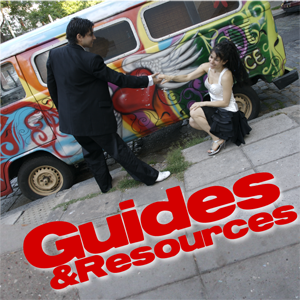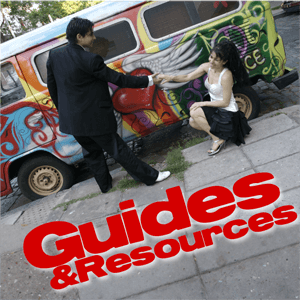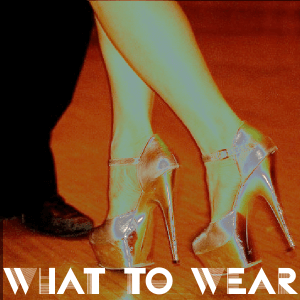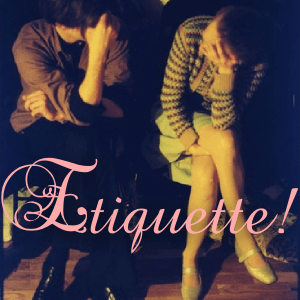I suspect that after what I have taken to calling “The Distance”, a great many tango dancers will not return to this arena, which so tightly binds elation to torment.
Equally I do not doubt that many will return with a renewed care for our community and a desire to rebuild it with great love. I believe many people will be inspired as never before to share the gift of tango, feeling now perhaps more than ever before the preciousness of gathering, and embracing.
Indeed my student Josh is already preparing a class for his community, a clean and sober gym. We had a conversation about how to think about teaching, and this post contains my notes:
1. Mind the gap
The biggest mistake teachers make is to forget the difference between being someone who already loves tango and being someone who is just considering learning a social dance.
Most people who start social dancing are not doing it because they “want to learn Argentine Tango” but because they feel they need to socialize. You have one chance to create a good experience for them. If you don’t, why will they come back? A good experience is one where they feel good about themselves and the people they meet.
This means you have to detach yourself from ideas about “correctness” and even “tradition” because those things are not what is important to them. (Maybe later, but not yet.)
The words ‘passion’, ‘intimacy’, ‘connection’, ’embrace’ that are so familiar and moving to us so much may actually be a little scary for people who are standing in a room of strangers they aren’t sure they really want to to touch. Better to talk about ‘flow‘ as that’s a popular concept that lots of people might be interested in:
“When we enter this dance, we have a contract. The agreement is to give our full concentration to maintaining this exactitude. When we dance, we can’t space out, check out, or become distracted because another person’s body depends on our full concentration and real-time response. It is the aspect of mutual concentration which compels us to and keeps us in the coveted state of “Flow”. from Until Forever
2. Remember that most beginner tango classes fail for most of the students.
Your success depends on getting something right that most teachers get wrong. Since retention rates are so terrible for beginner dancers and no one has yet cracked the code, the best thing you can do is NOT REPEAT what you’ve seen before. That means throwing out everything from which steps to teach first to the kind of room and the lighting.
Do your best to avoid the standard methods and moods. There’s nothing wrong with them except that they don’t work.
Don’t just repeat what your teachers said. Ask yourself if those exercises are fun and make you feel good. Ask yourself if the instructions are executable.
Traditional tango music is an acquired taste, so if you don’t want to drive your students away, play music that’s familiar and emotional for them. Good choices are Leonard Cohen, Lindsey Stirling, Eric Clapton, or any popular slow ballads.
People generally think they know how to walk. When they come to a tango class they usually discover that they don’t know how to walk. This is disempowering. It’s better not to make them feel bad about themselves. Instead of focusing beginning classes on walking, share movements that are easier, more interesting, and fun, like rebotes, voleos, and ganchos. Once they can see how tango communication and connection works, then they may slowly develop an interest in refining it in more subtle movements like walking and changing feet.
Instead of teaching them how to change feet, teach them immediately how to walk in cross system so they have the confidence that there is no such thing as “the wrong foot” in tango.
Be sure to tell them from the very beginning that there is no set relationship between tango dancing and music and they can move with the melody or the silence as they feel.
3. Don’t Dumb it Down
What is generally taught as ‘advanced’ are movements that are actually much more fun and interesting.
Play the sacada game and encourage the students to use front and back sacadas. They’ll be much more likely to do the back sacadas than experienced dancers. This way you create more open minded dancers from the beginning.
Colgada and volcada feel really nice. They are a great experience of connection.














